Best INDEX FUNDS
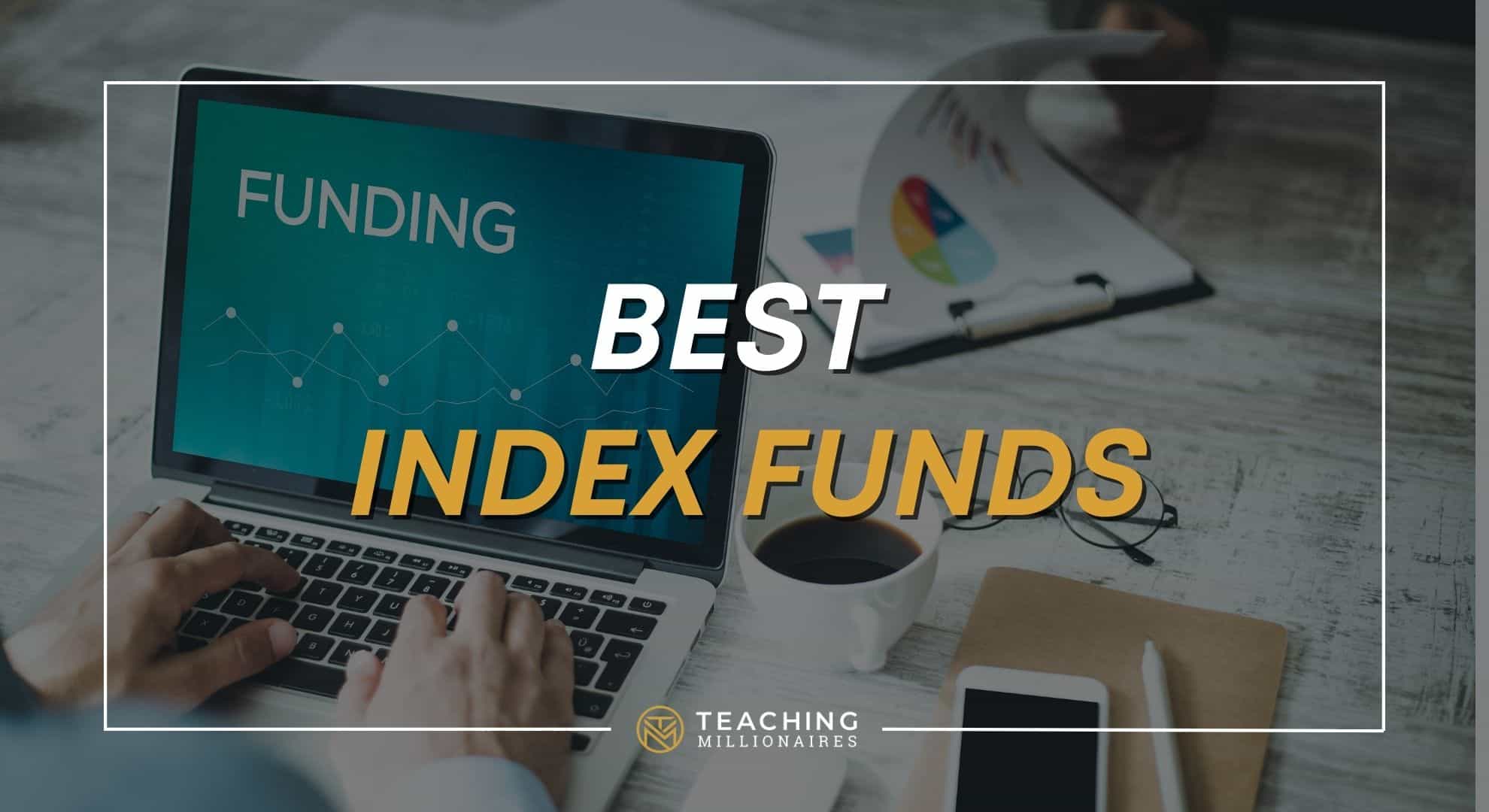
Here are the best Vanguard Index Funds – and how owning only four index funds can help you automate your long-term investing.
“TeachingMillionaires.com has partnered with CardRatings for our coverage of credit card products. TeachingMillionaires.com and CardRatings may receive a commission from card issuers. Opinions, reviews, analyses & recommendations are the author’s alone, and have not been reviewed, endorsed or approved by any of these entities.”
Do I Really Only Need Four Index Funds?
You heard that right. You only need four funds to buy and hold long-term to successfully invest in the stock market.
In fact, investing legend Warren buffet agrees that using index funds is a great investment strategy because it allows you to take advantage of the success of major corporations without the risks associated with picking and buying individual stocks.
Specifically, the top four index funds are:
- a domestic stock total market index fund
- an international stock total market index fund
- a bond total market index fund
- a high dividend index fund
These four funds allow you to put together a well-diversified portfolio with extremely low costs and easily manage your money for years to come.
Quick Disclaimer – this is for educational purposes only, and you should consult a fee-only fiduciary financial planner if you still have questions about your personal situation.
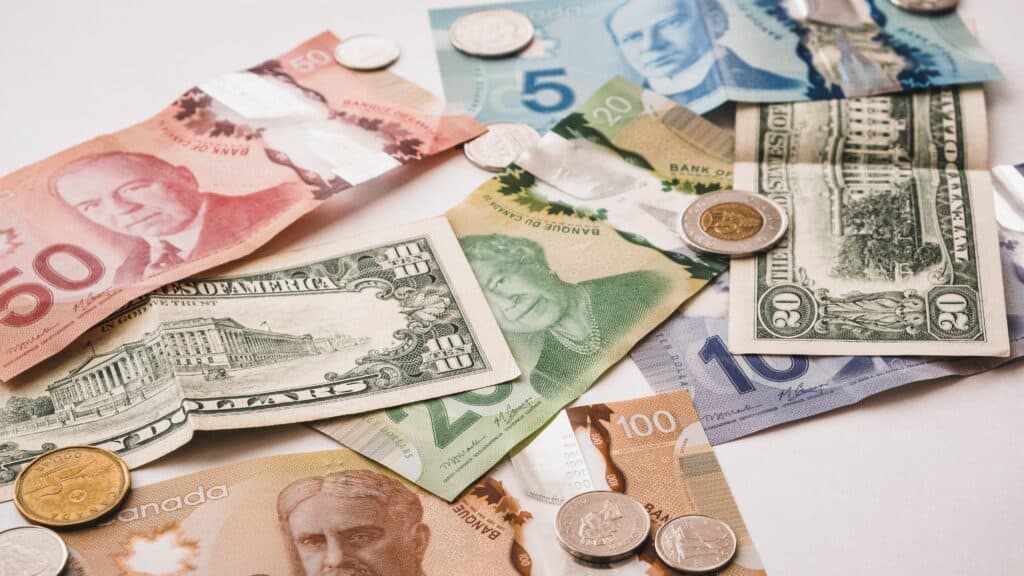
What Are the Names of the Best Vanguard Index Funds?
#1 – If you invest at a place like Vanguard, VTSAX is the ticker for their Total Stock Market Index Fund. By design, you are exposed to the entire US stock market. This includes small, mid, large cap, growth, and value stocks.
The fund’s key features are its super low cost with a 0.04% expense ratio and broad diversification.
Essentially, you’re investing in the entire US stock market and own a small portion of over 3,500 stocks.
#2 – Next is VTIAX. That’s the ticker for Vanguard’s Total International Stock Index Fund. This is designed to provide you with exposure to both developed and emerging international economies.
This fund tracks stock markets all over the globe, except for the United States. It has an expense ratio of 0.11%, and because it invests in non-US stocks, the fund can be even more volatile than VTSAX.
#3 – The third fund is VBTLX. This is Vanguard’s Total Bond Market Index Fund. This is designed to provide broad exposure to US investment grade bonds. This means it invests in US treasuries and mortgage backed securities of all maturities. We’re talking short-term, intermediate, and long-term.
Many investors choose to consider this their core bond holding with a low expense ratio of 0.05%. Generally speaking, bonds are less risky than stocks. Holding a portion of your portfolio in bonds can help offset the volatility of the other two stock market index funds.
#4 – The last fund is VHYAX. This is Vanguard’s High Dividend Yield Index Fund, which is designed to provide broad exposure to US companies that are dedicated to consistently paying larger than average dividends.
This fund focuses on slower growing, higher yielding companies. It’s a great dividend fund to buy and hold long term with an expense ratio of 0.08%.
What Type of Investment Accounts Are Best for Index Funds?
The first three funds I mentioned are ideal for retirement vehicles like a Roth IRA, traditional IRA, and 403b. The fourth fund—the dividend fund—is best in a taxable brokerage account because it helps to create a passive stream of investment income.
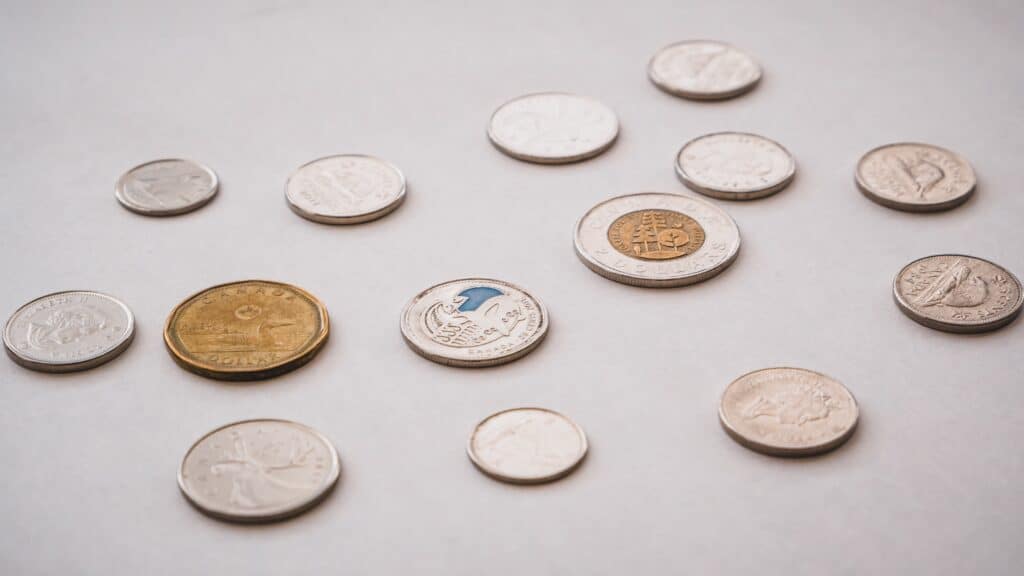
How Should I Allocate My Index Funds?
How you allocate your retirement portfolio is going to vary from person to person. This just means that the more time you have until you plan to access these investment accounts, the more aggressive you can be in your allocation.
For example, this three-fund portfolio within a retirement account like a Roth IRA might consist of a combination of something like 60% total stock market index, 20% total international stock index, and 20% total bond market index for someone who is in their 20s and has decades until retirement.
This allocation is based on the old rule that people should hold their age in bonds. Another way to think of it is the percentage of stock you hold in your portfolio is 100 minus your age. In this case, 80% stocks and 20% bonds for someone 20 years old is the very conservative old rule of thumb.
Many have adopted the revised rule of 120, which is for those with a higher tolerance of risk. This rule calculates your stock allocation as 120 minus your age.
The next decision is what percentage of your stock allocation should be US domestic stocks and what should be international. This really comes down to personal preference and is a much less critical decision. Overall, US and international stocks have similar risk and long-term returns.
What About Target Date Funds for Investing?
One thing you might want to consider is target date funds. These automatically adjust your stock to bond allocation as you get older. Many target date funds have been increasing international allocation over the past decade. I suggest looking at them to get an idea of what percentages might work for you based on how long you have until retirement.
Speaking of target date funds, these are great for people who don’t want to have to decide how and when to allocate their money. For example, the Vanguard Target Retirement 2030 fund holds over 30% in bonds because it’s designed for people who are going to retire in the next 10 years or so.
On the other hand, the Vanguard Target Retirement 2050 fund holds less than 10% in bonds because it’s designed for people who have more than 30 years to retire. Target date funds use a very similar investment strategy as the one we’re discussing today, but the rebalancing and allocations are all done for you.
As you get closer to retirement, your bond allocation increases and your stock allocation decreases automatically. Some love the simple automated aspect of target date funds, but you usually pay a slightly higher expense ratio because all the work is done for you. Keep in mind that you can buy all the same funds inside a target date fund on your own and usually save money in fees.
What About Buying ETFs Instead of Index Funds?
If you’re just starting out, you can purchase the ETF version of these index funds. Some places like Vanguard still have minimum initial investment amounts. If you don’t have enough money to meet that minimum, then looking at the ETF versions is a smart financial tip.
Vanguard is by no means the only place to purchase index funds or ETFs. Fidelity, Charles Schwab, T Rowe Price—they all have their own versions of these low-cost funds. Be sure to do your own research before investing.

Do You Need a Taxable Brokerage Account?
The dividend fund I mentioned earlier VHYAX is held in a taxable brokerage account. The dividends paid provide a steady flow of investment income, but I want to make it clear that I’m not withdrawing this money. Rather, I buy and hold. This account is also set up for DRIP, so I reinvest the dividends back into the account buying more shares with the dividends paid.
No, a brokerage account is not something everyone needs right away. For example, if you haven’t maxed out your retirement accounts, your HSA, or you still have student loans. Maybe you have kids, and you want to start saving money in a 529 plan. All these areas of your life might take precedence over investing in a taxable brokerage account.
However, as you earn more money, a taxable brokerage account will become necessary. Dividend index funds like VHYAX are a terrific way to invest in hundreds of larger than average dividend paying stocks all within one fund.
Okay, let’s recap. Buying and holding index funds within a retirement vehicle like a Roth or Traditional IRA is an investment strategy recommended by some of the world’s smartest investors like the legend himself Warren Buffet.
A three-fund portfolio consisting of a domestic stock total market index fund, an international stock total market index fund, and a bond total market index fund allows you to buy a small portion of the entire world’s economy.
You can allocate these assets so your stock positions are much higher the more time you have to invest, then as you get closer to retirement age you can increase your bond position to decrease the volatility associated with owning stock funds.
When you’re ready to open a taxable brokerage account, a high dividend index fund provides a steady flow of larger than average dividend income.
It’s a smart idea to set up DRIP, so the dividends are reinvested back into the account. This is a surprisingly powerful tool to improve your investment returns over time.
If you want to learn more about index funds and investing, here are a couple of fantastic books on the subject:
Millionaire Teacher: https://amzn.to/2TEPUaz
The Simple Path to Wealth: https://amzn.to/36Bbh1C
Also, you can invest in Vanguard ETFs by opening an account with .
As always, I’m Rich and until next time.
Listen to Teacher Millionaires Podcast
“TeachingMillionaires.com has partnered with CardRatings for our coverage of credit card products. TeachingMillionaires.com and CardRatings may receive a commission from card issuers. Opinions, reviews, analyses & recommendations are the author’s alone, and have not been reviewed, endorsed or approved by any of these entities. Responses are not provided or commissioned by the bank advertiser. Responses have not been reviewed, approved or otherwise endorsed by the bank advertiser. It is not the bank advertiser’s responsibility to ensure all posts and/or questions are answered. I am not a financial advisor. The information I share is for educational purposes only and shouldn’t be considered as certified financial or legal advice. It is imperative you conduct your own research. I am sharing my opinion only.”

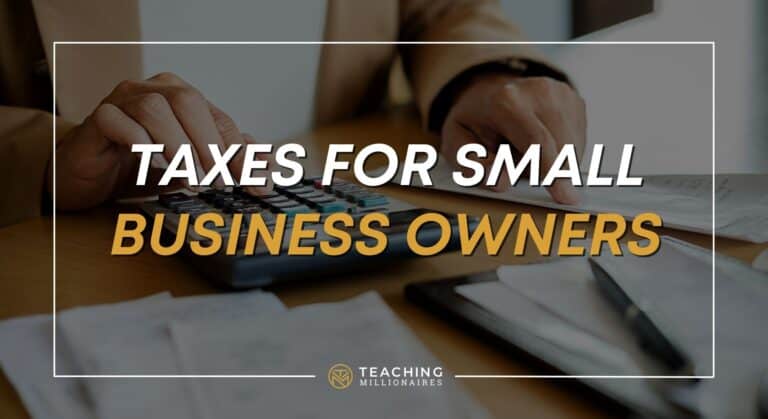
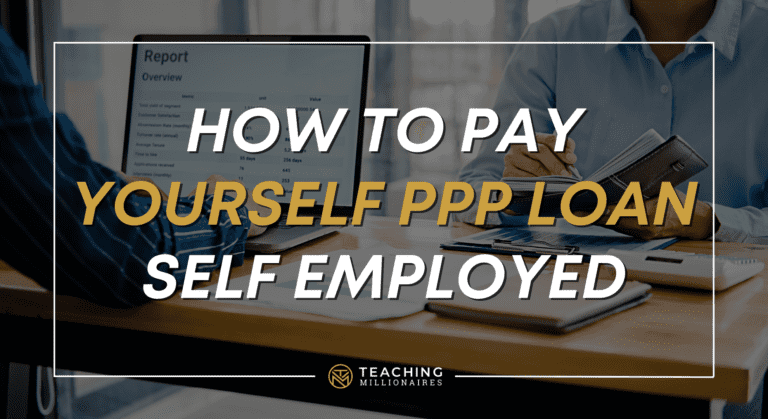




6 Comments